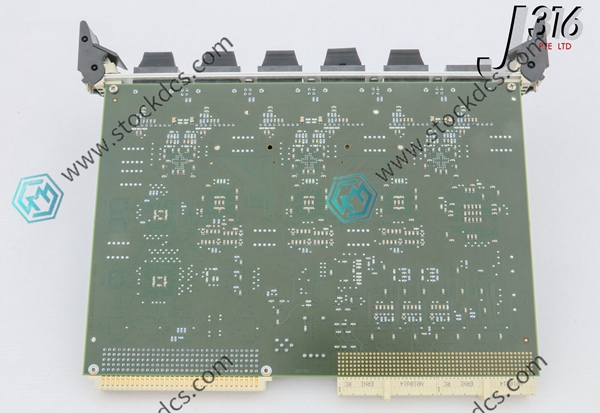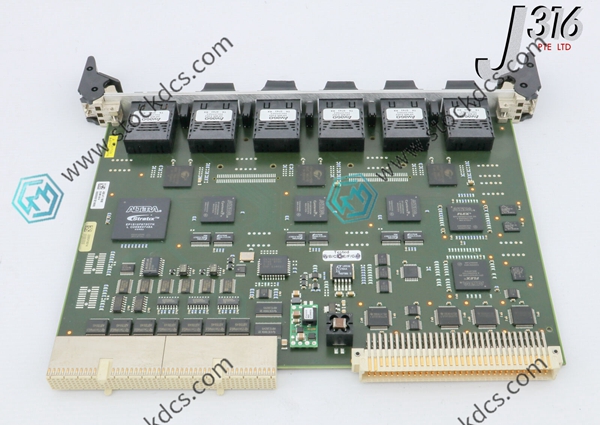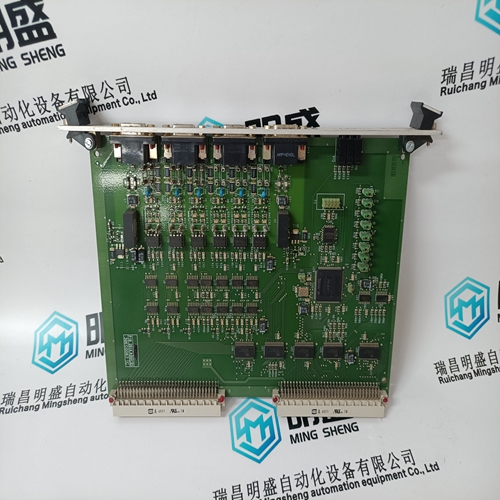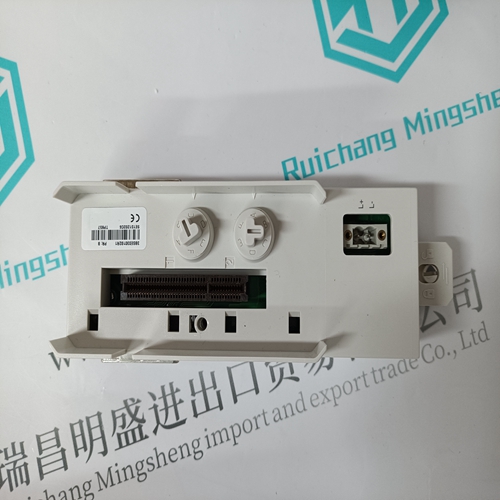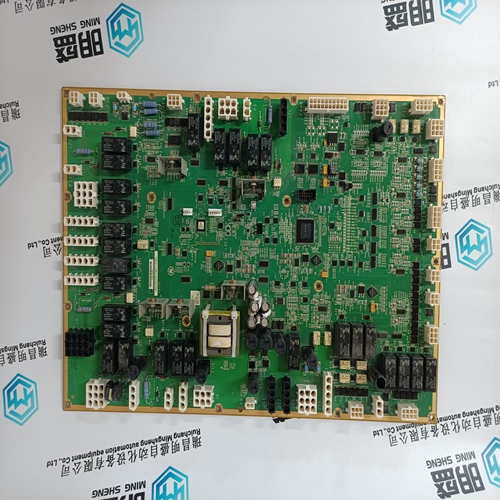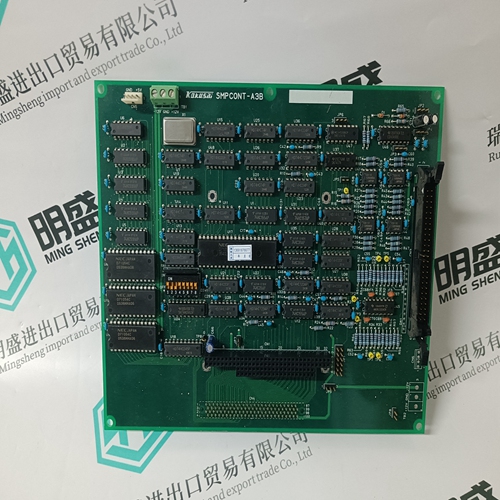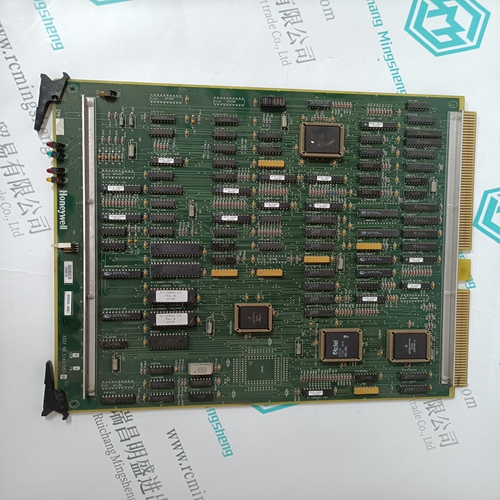Home > Product > Robot control system > ASML 4022.471.75262 terminal module
ASML 4022.471.75262 terminal module
- Goods status: new/used
- Delivery date: stock
- The quality assurance period: 365 days
- Phone/WhatsApp/WeChat:+86 15270269218
- Email:stodcdcs@gmail.com
- Tags:4022.471.75262
- Get the latest price:Click to consult
ASML 4022.471.75262 terminal module
Product Details Introduction
ASML 4022.471.75262 A terminal module is a component used to connect electrical or electronic equipment, which provides a structured, connectable interface. The main function of terminal modules is to provide a means of connecting, disconnecting and connecting conductive components in a circuit. These modules are often used to connect wires, cables or other conductive components to achieve electrical connections. Here are some of the main functions of the terminal modules:
1. Connect wires and cables:
Wire connection: ASML 4022.471.75262 terminal module provides an interface for connecting wires, and the wires are fixed on the terminal through screws, crimping clamps or other connection methods.
Cable connections: In addition to connecting wires, some terminal modules also support cable connections, making them more suitable for some special electrical and electronic applications.
2. Connection and disconnection functions:
Connection: The ASML 4022.471.75262 terminal module provides a simple way to establish connections between wires or cables and other components in the circuit (such as switches, sensors, power supplies, etc.).
Disconnect: When a circuit connection needs to be maintained, replaced or disconnected, terminal modules make the process easier without cutting cables or rewiring.
3. Logo and classification:
Labeling: Some terminal module designs allow the user to label each terminal to clearly understand the purpose of the connection or the function in the circuit.
Classification: In complex circuit systems, characteristics such as color, shape or number of terminal modules can be used to classify different types of connections.
4. Reliable electrical connection:
Conductivity: Terminal modules must provide reliable conductivity to ensure that current can pass smoothly when connected, thereby reducing resistance and energy losses.
Contact quality: The design of the terminal module needs to ensure good connections and avoid looseness or poor contact, thereby improving the stability of the electrical connection.
5. Preparedness and environmental adaptability:
Protection: Some terminal module designs have protection features to prevent dust, moisture or other environmental factors from affecting the connection.
Environmental adaptability: Terminal modules may need to adapt to different working environments, such as high temperature, low temperature, humidity, etc., so the design may include protective sleeves or coatings.
6. Applicable to different electrical standards:
Standardization: ASML 4022.471.75262 Terminal modules are generally designed to comply with the standards of the electrical industry to ensure that they are compatible with a variety of equipment and systems.
Specifications: Different types of terminal modules can have different specifications, including current capacity, voltage withstand capability, etc., to meet the needs of different applications.
The design and purpose of a terminal module depends on its specific role in the circuit and connection requirements. These modules are widely used in electronics, electrical engineering, automation and other fields.
Product image
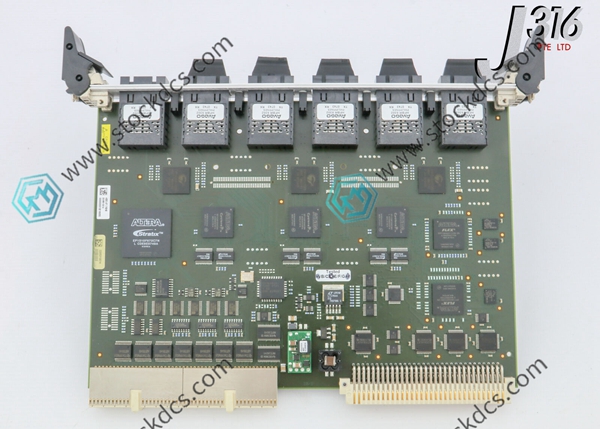
Related products:
ASML 4022.471.81204 interface board
ASML 4022.436.8816 PCB Assembly
ASML 4022.48.1763 Interface Module
其他网站链接
